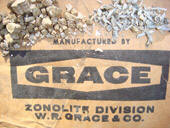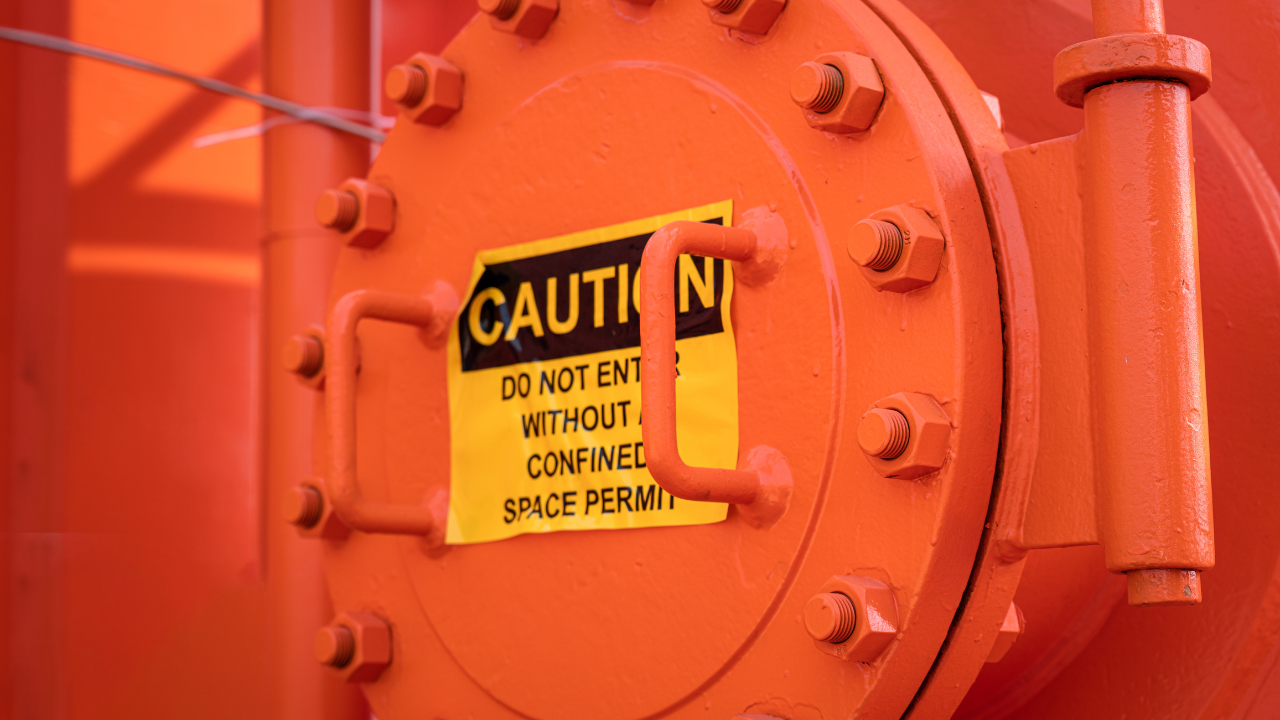Asbestos Fibers in Manufacturing Plants… stop worker exposure
Jensen Whitmer, Mesothelioma Center
Asbestos Risk in Manufacturing Plants
Asbestos use inside manufacturing plants was common practice in the United States throughout most of the 20th century. It was incorporated into thousands of products and a lot of industrial machinery was made with asbestos-containing parts.
This combination made working in a manufacturing plant one of the most at-risk occupations for asbestos exposure. Workers who handled asbestos-containing products or performed maintenance work on machinery were not the only ones at risk. If asbestos fibers became airborne for any reason, anyone in the facility could have inhaled airborne asbestos fibers.
Asbestos-Related Disease Among Manufacturing Plant Workers
The inhalation of asbestos fibers has been linked to several lung conditions, including lung cancer, asbestosis and mesothelioma. More than 4,000 asbestos-related lung cancers are diagnosed in the U.S. each year and mesothelioma, a rare cancer almost exclusively caused by asbestos, affects close to 3,000 Americans annually.
In a 1987 study involving 6,931 employees from two asbestos cement manufacturing plants in New Orleans, Louisiana, researchers found increased risks for contracting lung cancer and mesothelioma. In fact, a total of 10 mesothelioma cases were discovered between workers from both plants; a large incidence rate considering the rarity of the cancer.
Manufacturing Plants that Utilized Asbestos
Some of the most common manufacturing plants that utilized asbestos included those that manufactured insulation, cement, brake pads, pulp and paper, roofing materials, drywall, and a large variety of other construction materials.

Even residents who live near manufacturing plants where asbestos was used are at risk for asbestos-related disease. Community exposure could have occurred from airborne asbestos escaping the facility or from areas where plants dumped asbestos waste. In many cases, workers at the plant lived nearby and carried home asbestos fibers on their clothing.
The Environmental Working Group has identified 28 former asbestos manufacturing plants as priority locations for community evaluations of asbestos-related disease. It is estimated that these plants received as much as 80 percent of the asbestos mined from Libby, Montana between 1964 and 1990.
Some of the plants include:
- Celotex – Edgewater, NJ
- W.R. Grace & Company Plant – Santa Ana, CA
- Zonolite Company/W.R. Grace – Dearborn, MI
- Western Minerals Company Plant – Denver, CO
- Vermiculite-Northwest Inc./ W.R. Grace – Spokane, WA
Many of the 28 locations involve W.R. Grace & Company because they were the company that owned and operated the asbestos-contaminated vermiculite mine in Libby. Other major U.S. manufacturers that are noted for incorporating asbestos into their products include:
- Celotex Corp.
- Johns Manville
- Raybestos-Manhattan Co.
- Certainteed Corporation
- National Gypsum Corporation
- Owens Corning/Fibreboard Corp.
- Armstrong World Industries
Many of today’s manufacturing plants have removed asbestos from their facilities, but some still manufacture products that contain legal amounts of asbestos. Although exposure at these plants is well monitored and minimal, there is no safe level of asbestos exposure according to the Environmental Protection Agency.
If you suspect asbestos exposure may be occurring at your place of employment, contact the Occupational Safety and Health Administration so they can send a professional out for inspection. If you’ve worked at a plant where asbestos was used or suspect you may have been exposed, make sure to receive annual checkups and tell doctors you may have been exposed to asbestos. Early detection is the key to combating an asbestos-related disease.
Jensen Whitmer has been writing for the Mesothelioma Center for more than three years and he has an interest in spreading awareness about the hazardous effects of asbestos exposure.
Related Articles

All About Eye Protection

Arc Flash/Arc Blast Review with Safety Suggestions for Design & Maintenance

CSA Launches First Confined Spaces Standard in Canada

Do You Need NFPA 70E?

Electrical Hazards

Eye Injuries are a Serious Threat to American Workers




